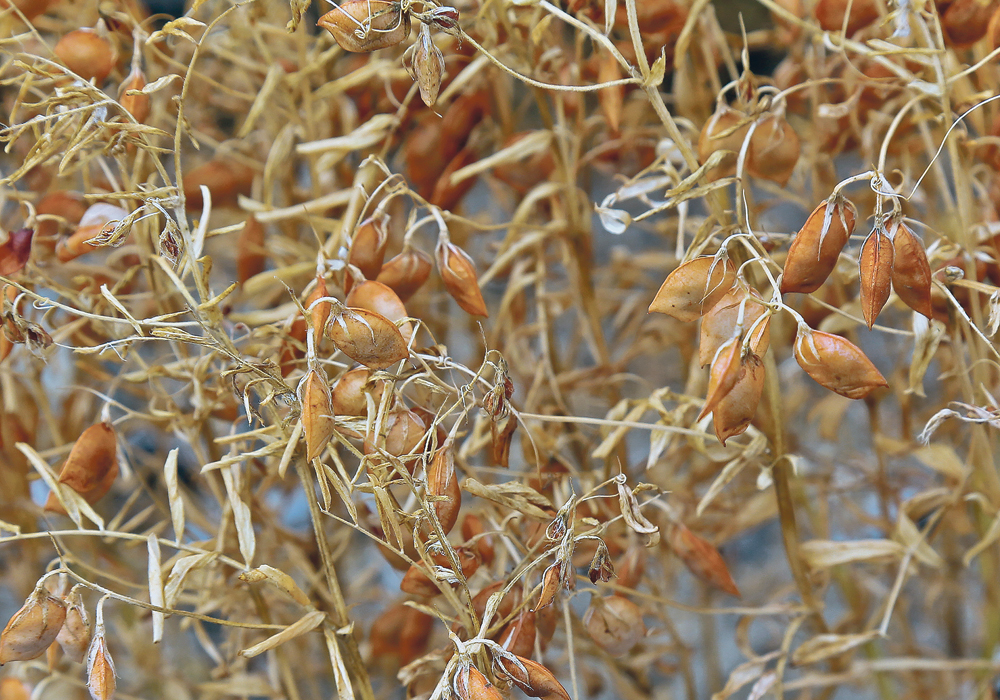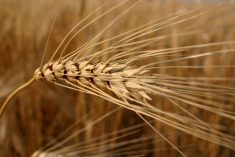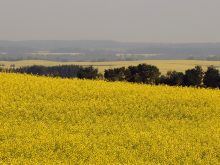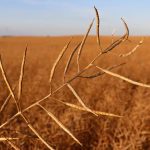Marlene Boersch was pleased to hear that the International Grains Council is setting up a pulse supply and demand database for key producing and exporting countries.
The IGC already publishes data for wheat, durum, corn, barley, sorghum, oats, rye, rice, soybeans, soymeal and rapeseed/canola.
Starting in July 2020, it will also publish information for peas, lentils and chickpeas, according to a recent news release.
“Especially from the farmer side, market data and more visibility as to what’s happening is always a positive thing,” said Boersch, who is a managing partner with Mercantile Consulting Venture.
Read Also
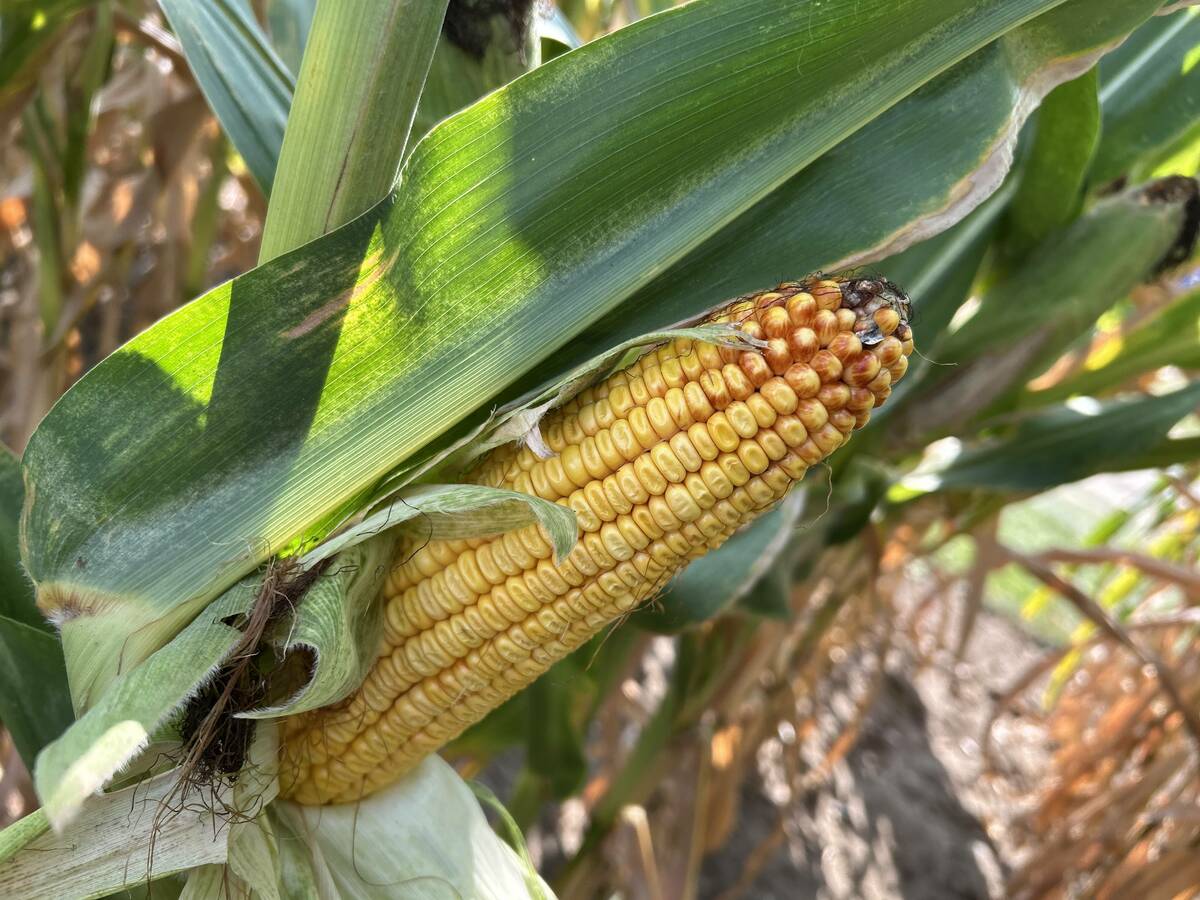
Crop estimates show mixed results
Model-based estimates used by Statistics Canada showed the 2025/26 crop year has seen increases in canola, corn for grain, oats and lentils production while seeing dips in spring wheat, durum wheat, soybeans and barley in comparison to 2024/25.
She said there has been a dearth of pulse market information, especially international data from emerging exporters such as the Black Sea region.
“(For) any of those eastern European countries the public data is scarce, questionable and hard to harvest,” said Boersch.
The IGC asked Boersch to make a presentation about a year ago on what pulse data was available and what was missing.
“They have been thinking about this and fiddling with it for a while,” she said.
Boersch wonders where the IGC will collect its data, how timely it will be and what it will cover.
The IGC was contacted for this story but did not respond. In the news release it stated that it has signed a memorandum of understanding with the Global Pulse Confederation.
It is not clear whether the MOU relates to data gathering. Boersch doubts it.
“The Global Pulse Confederation is utterly useless on data. You would think they have more to offer, but they’re totally useless,” she said.
Boersch noted that there are some subscription services that offer pulse crop data but most of that comes from publicly available information, such as customs data.
Stat Publishing has been the go-to resource for many for pulse statistics. The subscription service started in 1988 as a mail and fax newsletter.
The Stat website launched in May 1995, becoming one of the internet’s first agricultural newsletters.
Stat editor Brian Clancey was contacted for this story but did not respond.
Carl Potts, executive director of Saskatchewan Pulse Growers, doesn’t think there is a glaring void in pulse crop information.
“Those that are quite actively involved in the pulse sector have reasonably good access to data and to information,” he said.
But he isn’t opposed to having another reliable source of pea, lentil and chickpea supply and demand statistics.
“The industry can always use more market information,” he said.
Boersch said it is refreshing to hear of an entity making more data available in an era where there seems to be a contraction of information or outdated statistics.
She finds it baffling that Statistics Canada publishes oats and rye exports but ignores peas and lentils.
“We haven’t really kept up with the times,” said Boersch.
She would also like to see the Canadian Grain Commission reinstate its weekly tracking of rail car movement to the West Coast.


